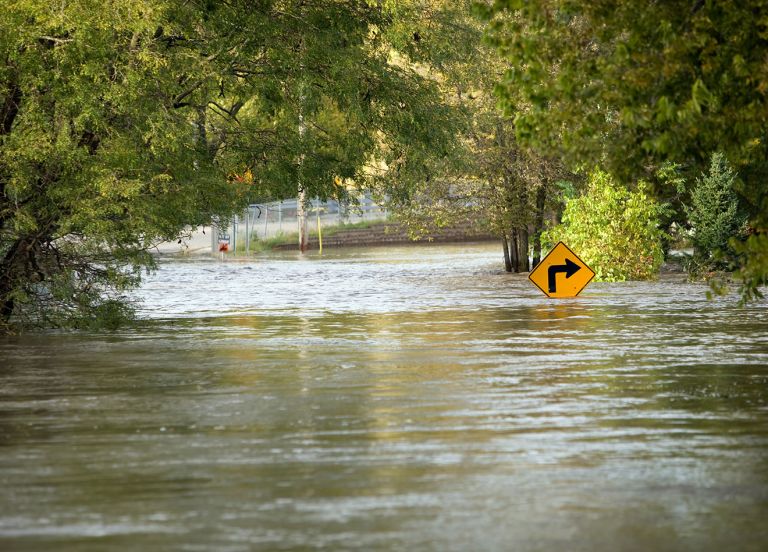The answer is No (and Yes).
Last July 16th, a summer rainstorm swept into Southern Ontario and seemed to pause over Toronto. Three hours later, flooding had displaced 500,000 people and caused damage that experts say could reach $4 billion (including $990 million of insured losses). That’s roughly $1.3 billion per hour of rain. A month later, another once-in-a-century storm hit Ontario just days after catastrophic flooding in Quebec resulted in over 70,000 insurance claims
On September 25th, the effects of Hurricane Helene devastated North Carolina. When three days of torrential storms finally subsided, over 750 mm (2.5 feet) of rain had fallen on the small town of Asheville. A bucolic elevated community protected by rolling hills, Asheville is 400 kms from the Atlantic coast. The region was once thought to be one of the safest climates in America and practically immune from flooding.
Now, flooding and property damage in Asheville has led the Washington Post to ask: Is Anywhere Safe from Flooding?

Progress in Natural Disasters reports that 2 million people are now affected by flooding each year, with annual losses from flooding exceeding $300 billion dollars, or over 45% of all property-related disasters. Almost every region and population has exposure to flood risk. Climate change makes it increasingly likely that all populated regions of the planet will experience some form of flooding in the coming years and decades. Even without the amplifying effect of climate change, floods were already the leading cause of natural disaster deaths worldwide, responsible for 6.8 million fatalities in the 20th century. Floods cause the greatest displacement of people and the most damage to infrastructure and property. In addition to tangible costs, floods disrupt public health and social services leaving communities vulnerable to a host of secondary effects that are often hard to quantify.
As we consider living with the reality of more frequent and severe climate events, it is important to have the most accurate accounting of the costs associated with flooding. Only when the spectrum of risk is understood can society fully develop a strategy to adapt to flooding.
Climate adaptation is achievable – and necessary. The journey starts with accurately understanding flood risk and by using the right tools to assess the physical reality of flooding.
At NOAH, we are on the forefront of solutions that empower property owners and citizens to create their flood resiliency. We work with property owners of all sizes to understand flood risk, to develop defense strategies and to create response plans. No matter how complex the flood problem is, we always believe that the first step to resilience is knowledge and insight.
NOAH is the leader in understanding flood risk for urban property owners of all sizes. Contact us to learn more about your Flood Risk Scorecard.